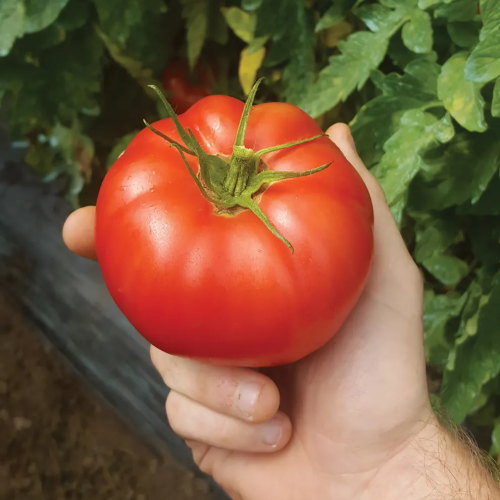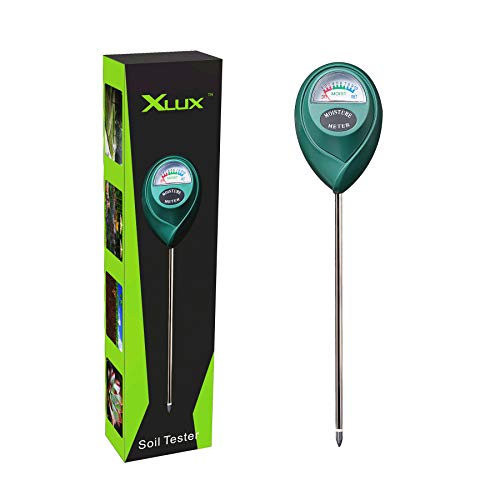If your tomato plants are wilting, don't fret, they can recover – I've grown tomatoes for decades and know the 5 most common causes, and how to fix them
Wilting is a tell-tale sign that something is wrong, and plants need some attention
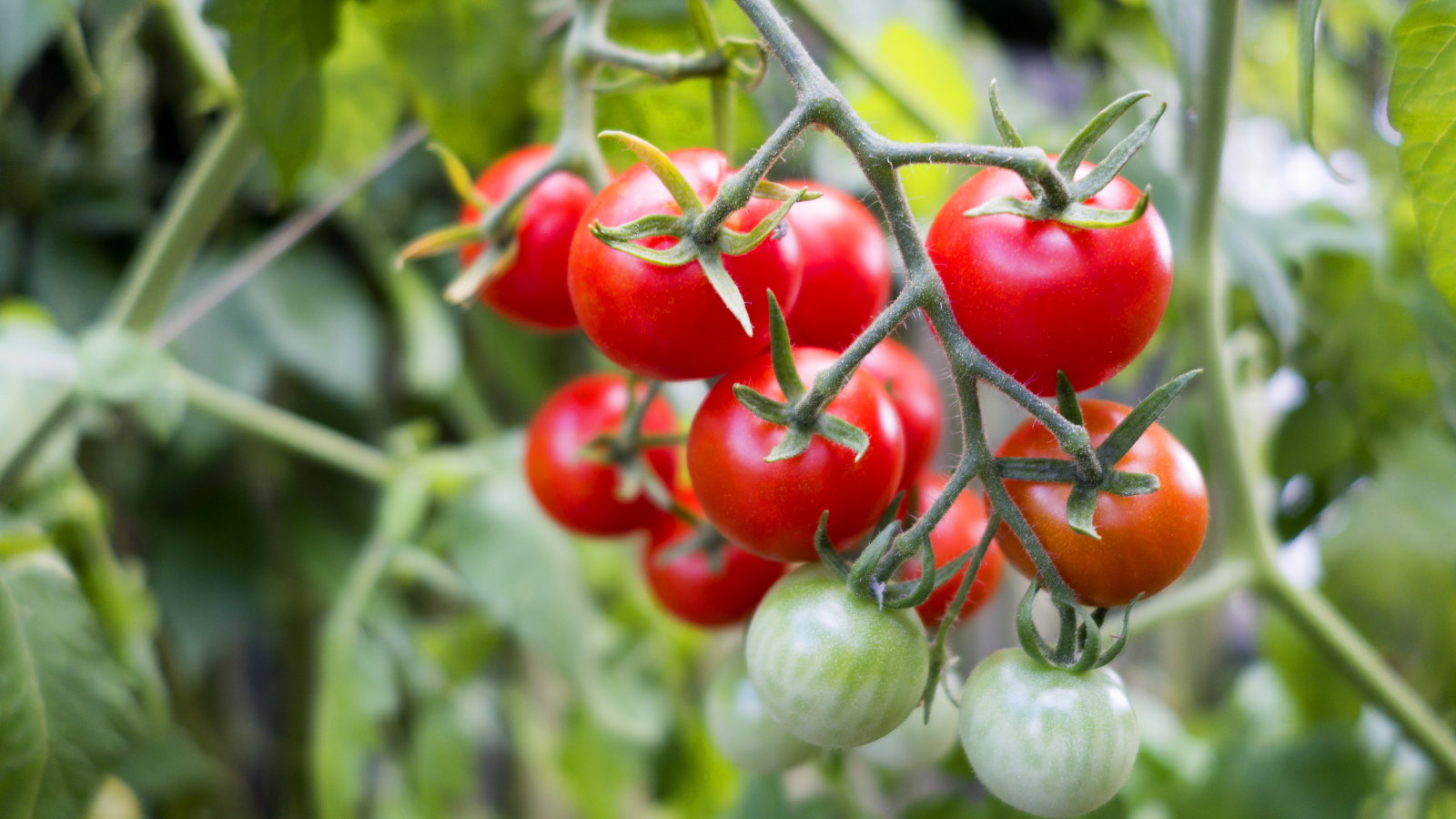

Gardeners globally love growing tomatoes. While you look forward to harvesting juicy, ripe, tasty tomatoes, the signs of your plants wilting may be a jolt to the system. But tomato plants wilting doesn’t always mean disaster, and, a lot of the time, they can quickly recover.
There can be several reasons why tomato plants wilt, including issues with watering, weather conditions, pests, and diseases. Some are more worrying than others. A quick diagnosis is important, as is acting fast to combat issues and potentially prevent them from spreading from plant to plant.
Wilting is never ideal, but it need not be the death knell for your crop when growing tomatoes. This guide highlights five of the most common reasons for tomato plants wilting and the solutions to combat the issue and keep the rest of your crop healthy.
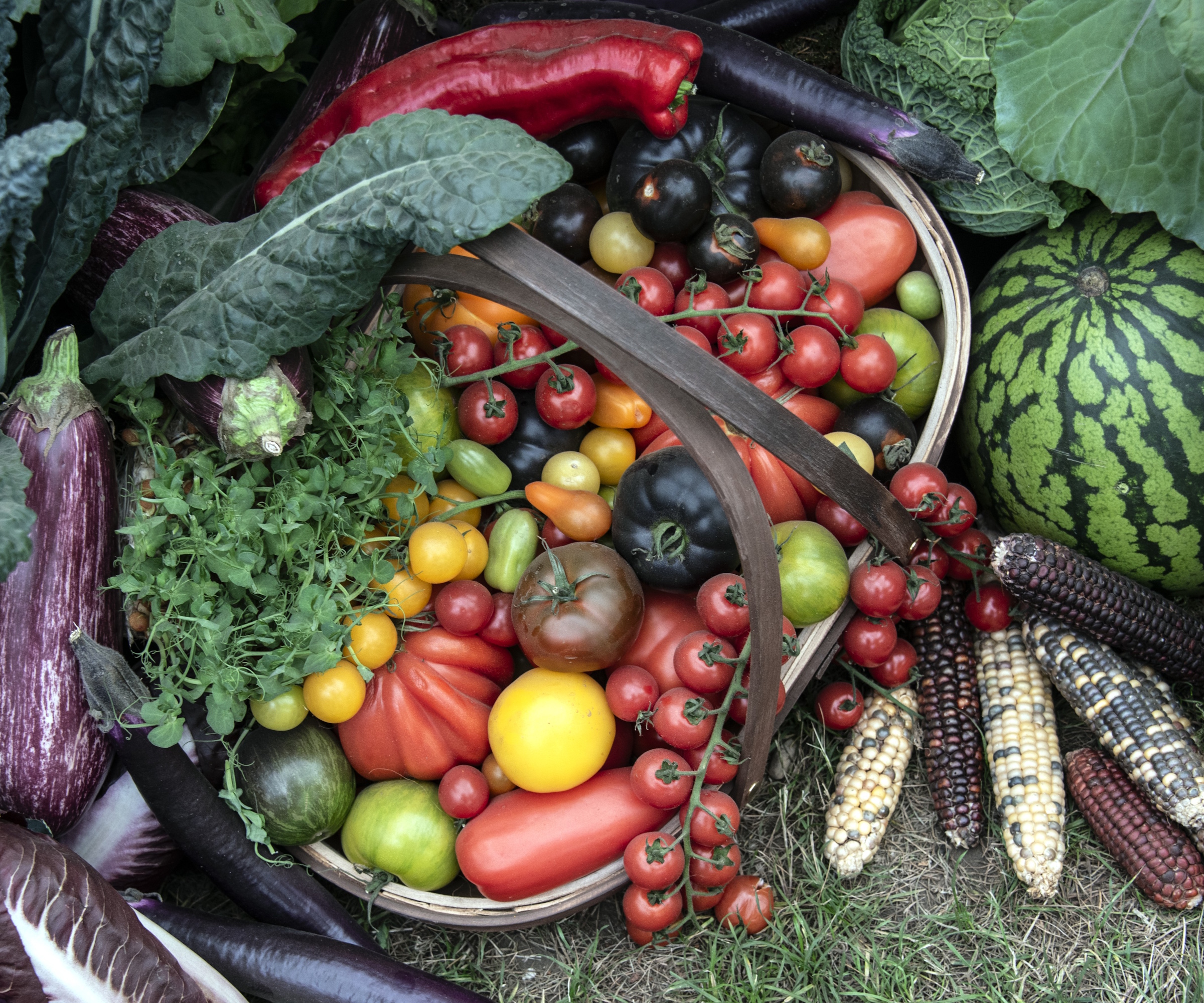
5 common causes of tomato plants wilting
Tomatoes are easy to grow, and plants are capable of producing a great harvest of fruits. Tomato plants wilting can be a common sight; it means something is wrong. To help you diagnose your plants, we examine some of the most common causes of tomato plants wilting.
1. Underwatering
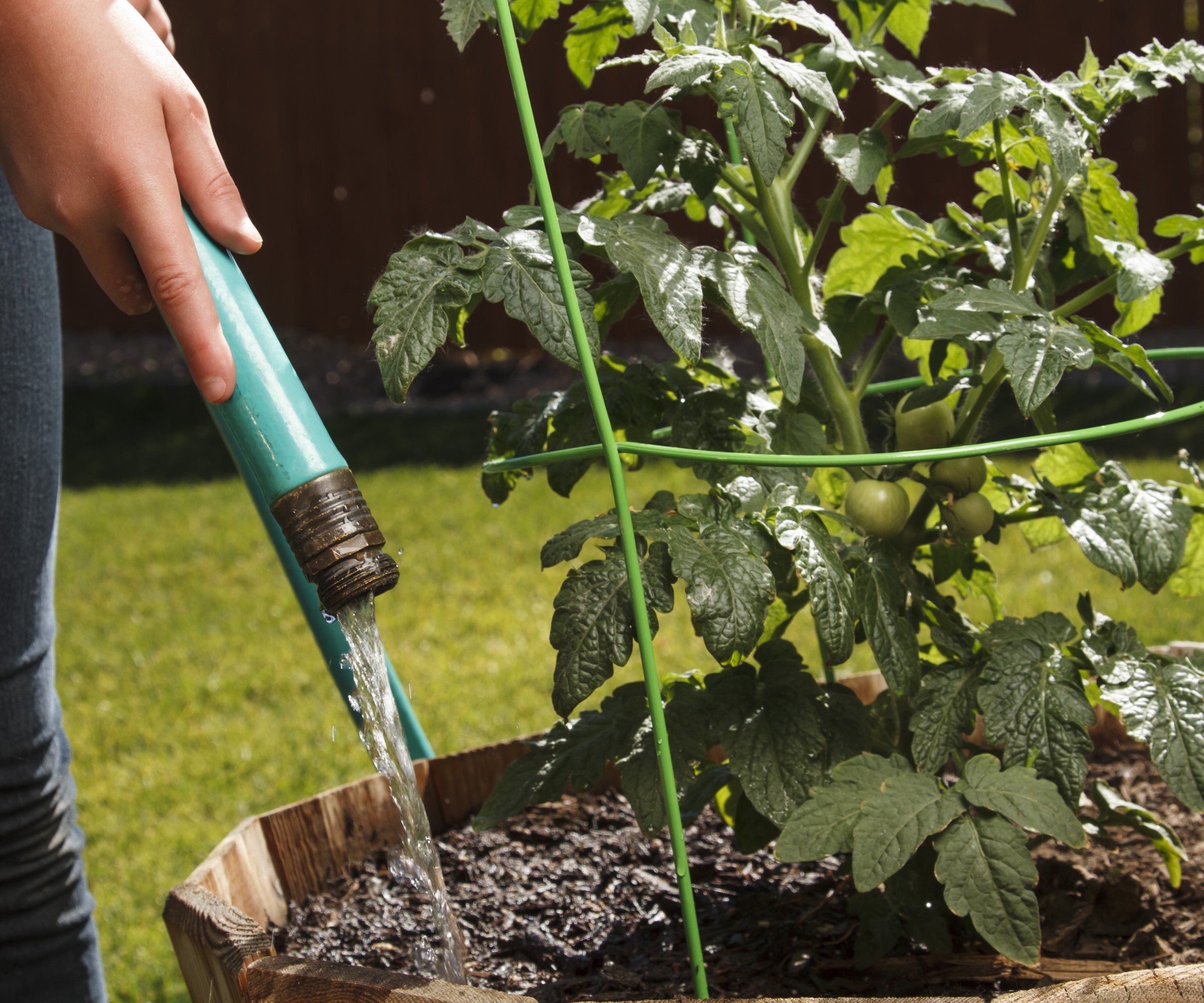
The top cause of tomato plants wilting is often underwatering, especially during the warmer summer months. If the moisture needs of a tomato plant are not met, it will go limp, and the leaves will turn dry and papery.
So, exactly how much water do tomato plants need? The answer is around two inches of water per week. This can come from natural sources (rainfall) if plants are outdoors, or through regular manual irrigation courtesy of a watering can, garden hose, soaker hose, or drip irrigation system.
When growing tomatoes in pots, they need more regular watering than plants in the ground, and don’t assume that rainfall will adequately soak containers. It is best to regularly check the soil a few inches under the surface when watering plants in containers, and water deeply if it feels dry.
Design expertise in your inbox – from inspiring decorating ideas and beautiful celebrity homes to practical gardening advice and shopping round-ups.
Thankfully, tomato plants wilting from underwatering is not the end of the world. They can quickly recover after watering.
2. Pests
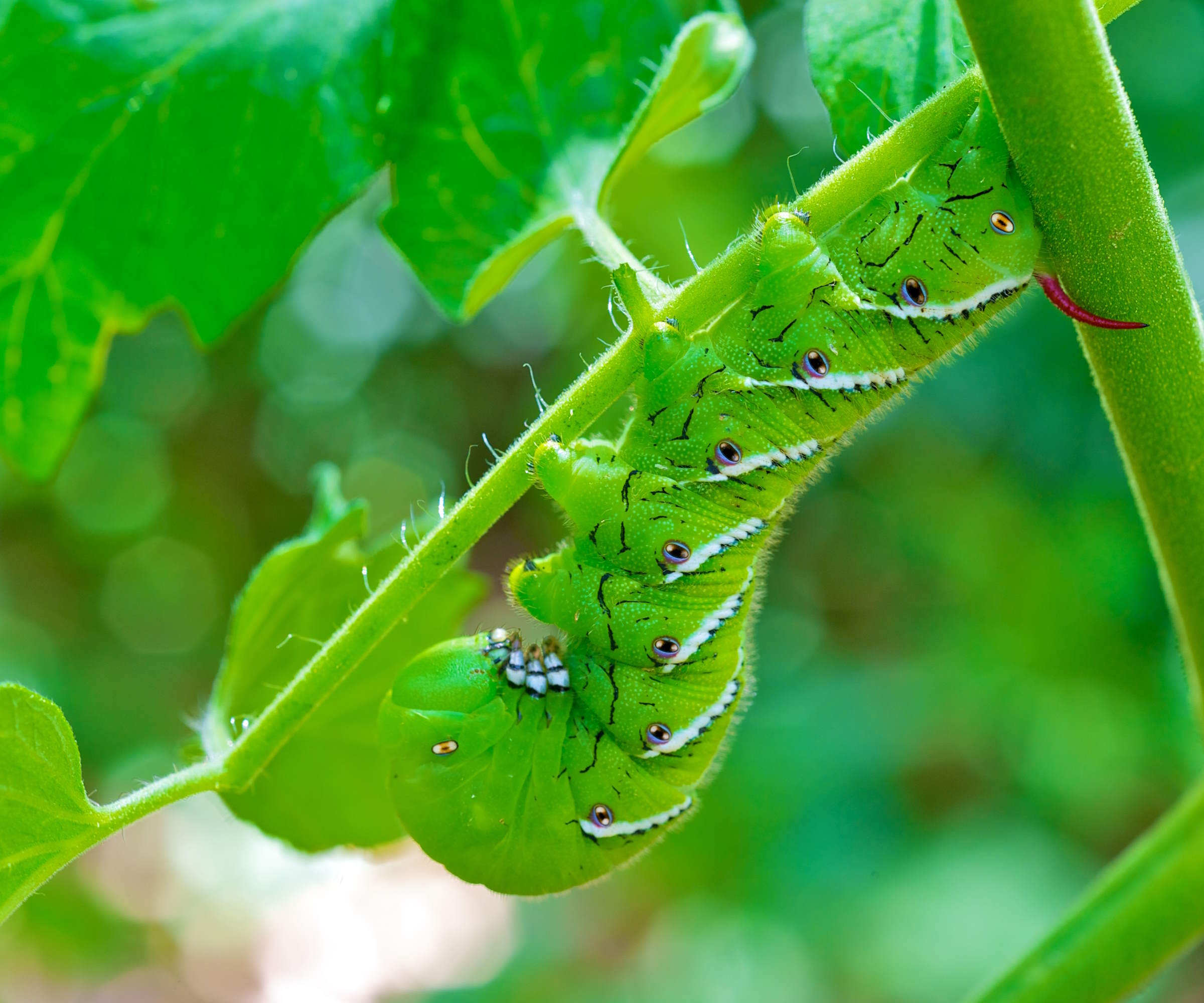
‘Pests can cause extensive damage to plants, including chewing on leaves, stems, and fruit, leading to wilting, defoliation, stunted growth, or even plant death,’ warns Emily Jones, experienced grower and founder of Tomato Mentor. Tomato pests, such as aphids, whiteflies, nematodes, and stalk borers, can cause plants to wilt.
Sap sucking pests like aphids and whiteflies feed on leaves and stems, which can cause tomato leaves to turn yellow and, if there is a large enough infestation, wilting plants. Such tiny insects can be combated with a jet of water or by spraying plants with insecticidal soap.
‘Nematodes are microscopic worms that live in the soil and attack tomato roots, causing wilting, stunted growth, and poor fruit production,’ adds Emily. A great way to prevent nematode issues is to use marigolds as companion plants for tomatoes.
Planting marigolds in a vegetable garden is highly beneficial, as they repel pests (including aphids, whiteflies, and thrips), attract beneficial natural predators, and release compounds into the soil to protect plants from nematodes. You can discover a range of marigold seeds at Burpee.
Potentially the biggest issue is from the stalk borer, a caterpillar with a purplish body and white stripes that bores into the stems and destroys inner tissue. They tend to strike in early summer. Unfortunately, an infected plant should be destroyed to prevent the spread of the pest.

Emily has been growing tomatoes for more than 30 years, and she founded the blog Tomato Mentor as a way of helping others to improve their growing methods. She regularly writes about everything from watering tomato plants and common tomato pests to the best growing techniques people should use in their own space.
3. Disease
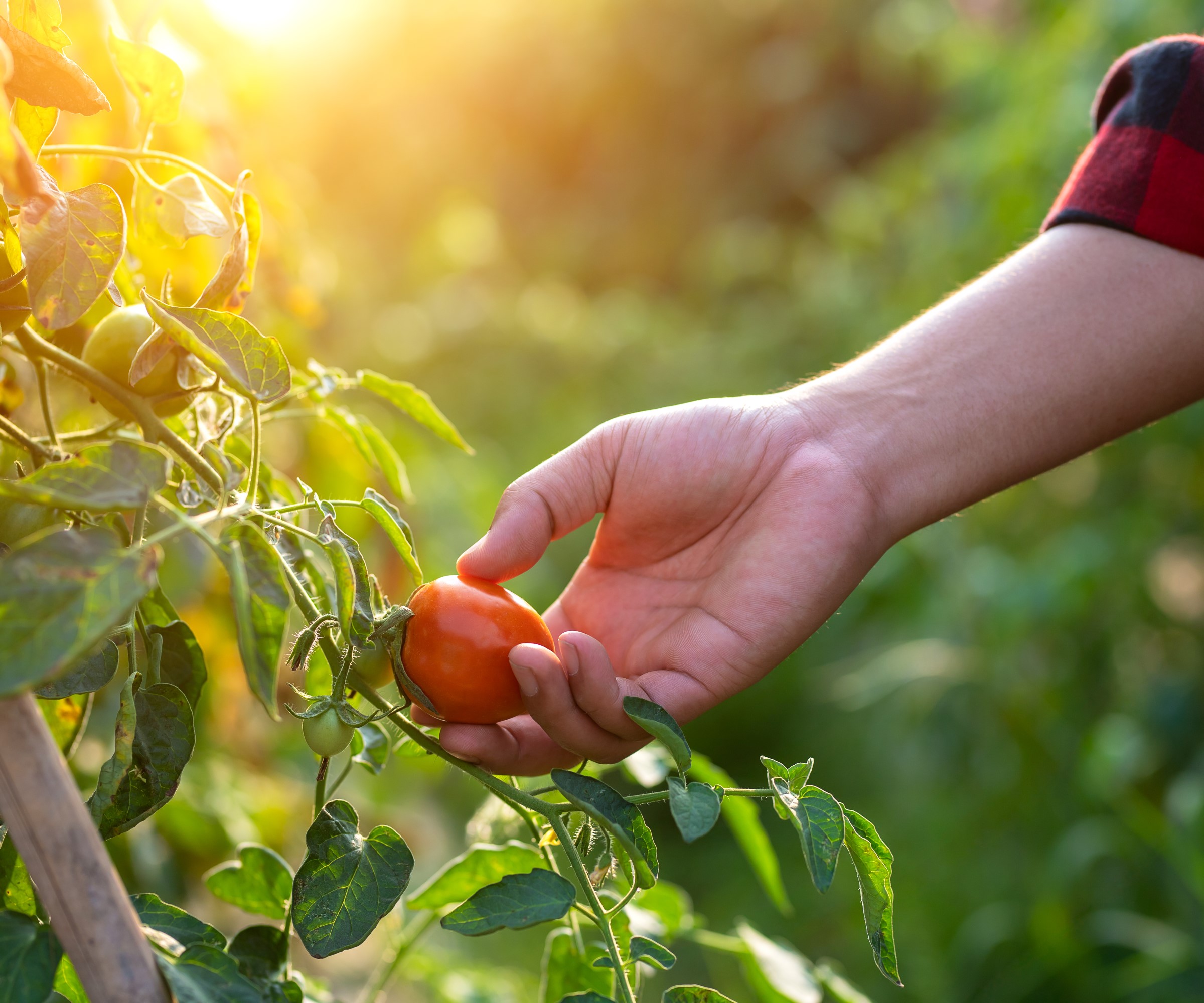
Tomato plants wilting can result from diseases, which may be present in the soil or spread from plant to plant by insects, dirty clothing and tools.
Verticillium and Fusarium wilt are caused by fungal spores that overwinter in the soil or infected debris. The tomato diseases enter through the roots and can quickly cause plants to wilt, starting with the lower leaves before spreading up the plant.
There is no cure, and infected plants need to be destroyed. However, you can get disease-resistant tomato varieties to plant.
Tomato spotted wilt virus (TSWV) and tomato mosaic virus are bacterial diseases that affect the growth and cause wilting. Infected insects, such as aphids, whiteflies, and thrips, can spread TSWV through their chewing damage, while gardeners can inadvertently spread the disease from plant to plant via their clothing, gloves, or dirty tools.
Spraying tools with disinfectant when moving between plants is a quick and simple way to prevent spreading diseases around the garden. An example of what you can use is this spray disinfectant on Amazon.
Unfortunately, affected plants are best removed and disposed of as soon as an outbreak is identified.
4. Heat stress
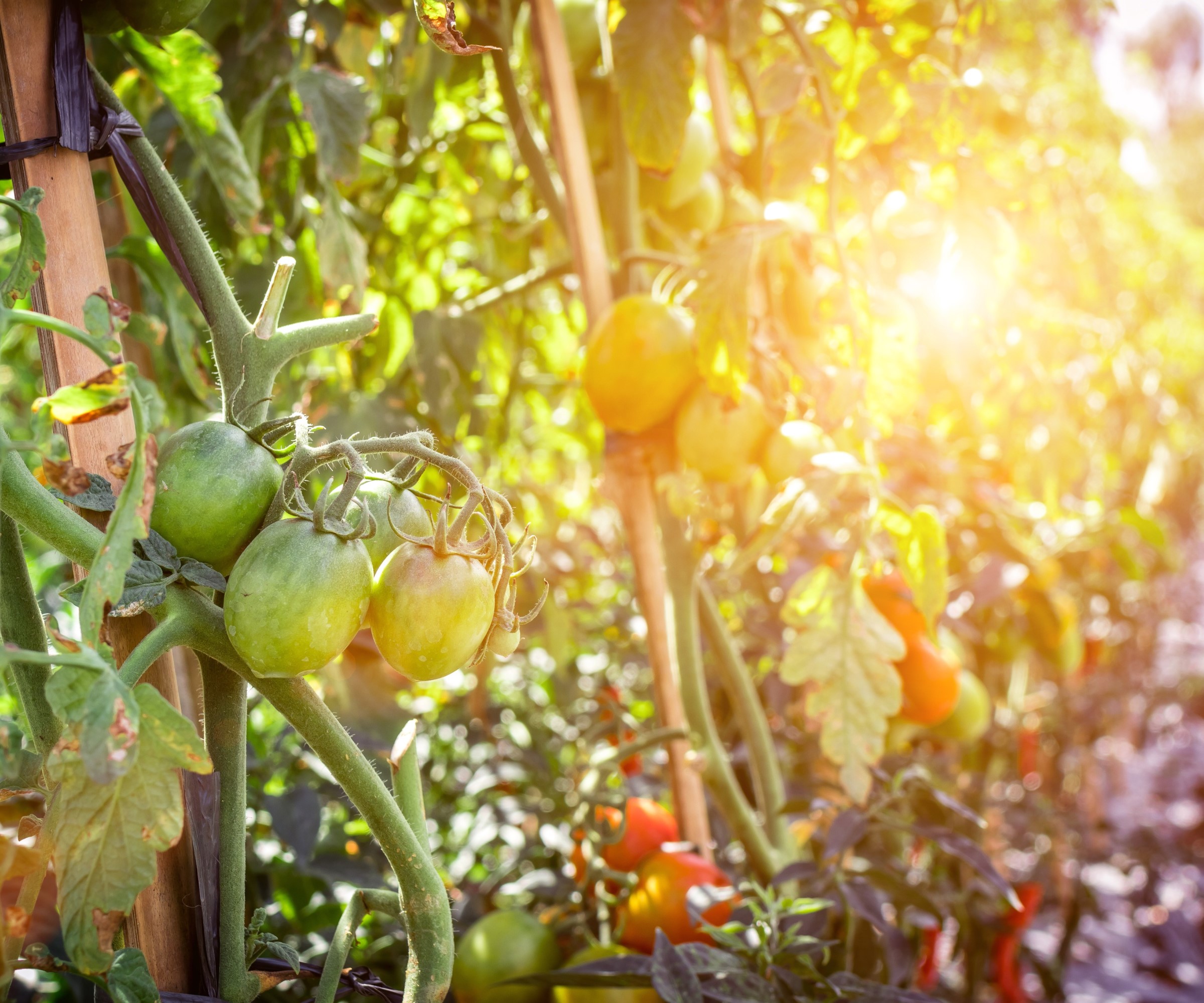
They are known as sun-loving plants, but tomato leaves can curl, and plants can seemingly wilt in extreme temperatures.
If temperatures peak above 90°F for several days, the plant may curl in an attempt to protect itself and minimize moisture loss. It may look like drooping or wilting, but it can often be a protective measure during the peak of the afternoon sun and the plant perks back up once the temperatures drop.
As long as the plants remain well-watered, it should be a short-term reaction to extreme heat.
Tomatoes in containers or grow bags can be placed in a spot that gets protection from the intense afternoon sun in hotter climates to prevent this from happening.
5. Cold damage
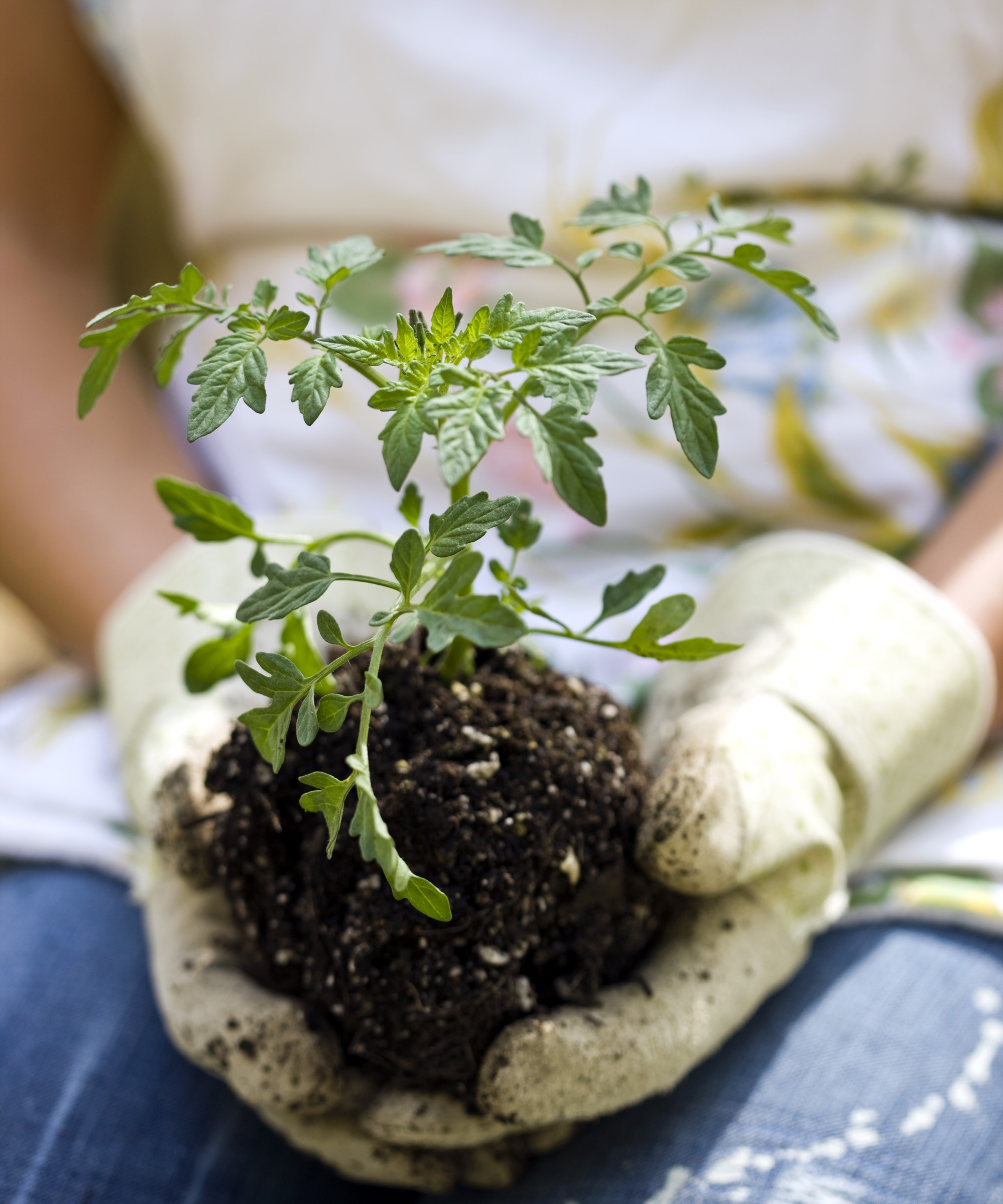
Damage from cold temperatures can cause tomato plants to wilt, and this tomato growing mistake is easily avoidable.
Tomato plants are damaged when temperatures drop below 60°F, especially when they get lower than 55°F. Symptoms of cold damage include curling leaves, stunted growth, and wilting, while young tomato seedlings are particularly sensitive to low temperatures.
To prevent this issue, don’t rush. Wait and plant tomatoes only once temperatures are consistently above 60°F in spring. And make sure to harden off plants for a couple of weeks if they are going to be planted outdoors.
FAQs
Should I cut off wilted tomato leaves?
It is not essential to prune tomato plants to remove wilted leaves, unless the foliage has completely died or shows signs of pests or disease. In those scenarios, removing the affected leaves can help prevent the spread of problems. Wilted leaves from watering or environmental issues can recover.
Aphids can be very problematic; they can cause plants to wilt and spread diseases. If you struggle with aphids on tomato plants, there are several options at your disposal. As well as spraying with insecticidal soap or a homemade bug spray equivalent made of mild liquid soap and water, you can use diatomaceous earth.
This natural substance is made of tiny ground-up fossilized remains. When sprinkled around plants or directly onto leaves, aphids are cut by the jagged material and then dehydrate and die. Diatomaceous earth can also be successful against slugs, snails, and thrips, as well as aphids on tomatoes, and you can get food-grade diatomaceous earth at Amazon to use on your tomato plants.
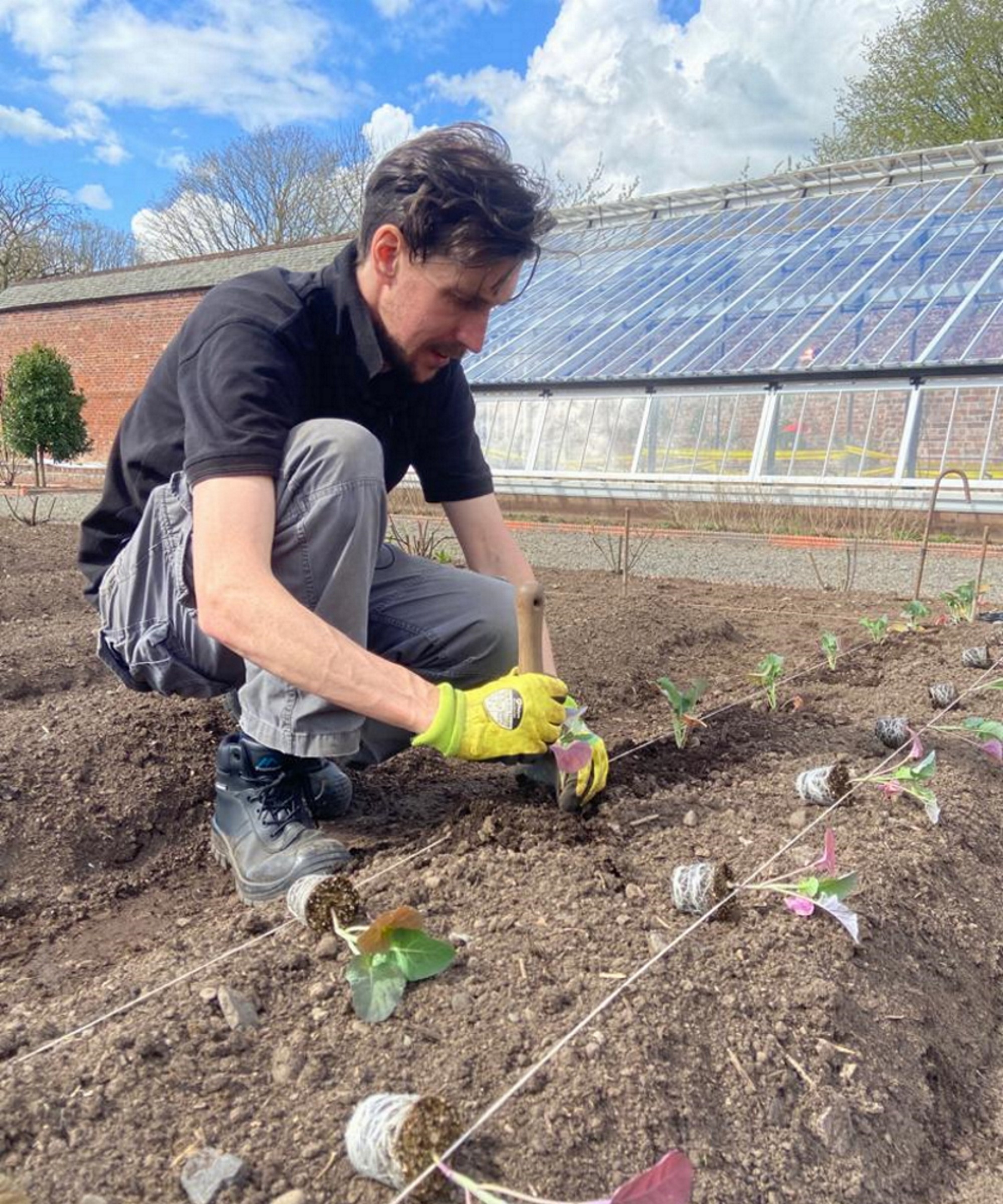
Drew has worked as a writer since 2008 and was also a professional gardener for many years. As a trained horticulturist, he worked in prestigious historic gardens, including Hanbury Hall and the world-famous Hidcote Manor Garden. He also spent time as a specialist kitchen gardener at Soho Farmhouse and Netherby Hall, where he grew vegetables, fruit, herbs, and cut flowers for restaurants. Drew has written for numerous print and online publications and is an allotment holder and garden blogger. He is shortlisted for the Digital Gardening Writer of the Year at the 2025 Garden Media Guild Awards.
You must confirm your public display name before commenting
Please logout and then login again, you will then be prompted to enter your display name.
